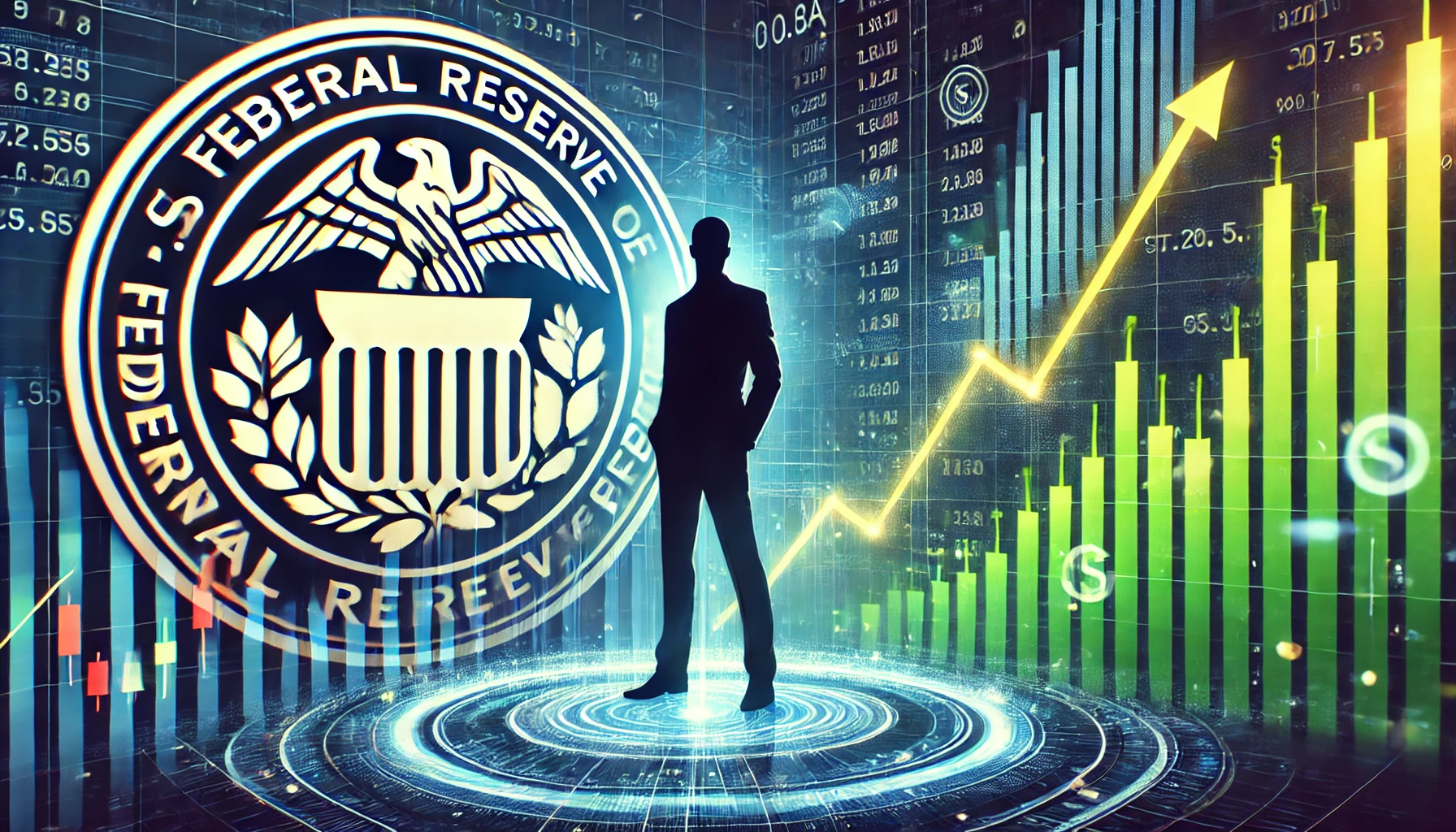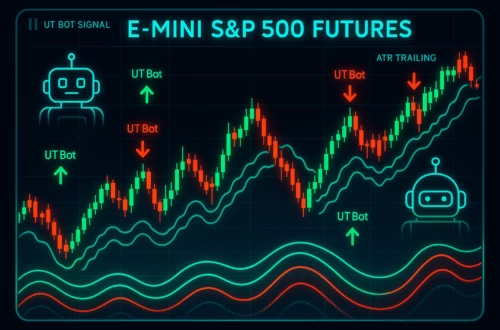Recent data from the U.S. Department of Labor revealed that January’s Consumer Price Index (CPI) inflation exceeded expectations across the board. This has reinforced the Federal Reserve’s cautious stance on interest rate cuts, leading many to worry about the possibility of rate hikes. However, these concerns stand in direct contrast to the views of former U.S. President Donald Trump.
Renowned economist Nouriel Roubini, known as “Dr. Doom” for his accurate prediction of the 2008 financial crisis, has warned that even delaying rate cuts could place Federal Reserve Chairman Jerome Powell on a “collision course” with Trump, who has been vocal about his desire for lower interest rates.
The Brewing Conflict Over Interest Rates
“Even just keeping rates unchanged puts Powell on a collision course with Trump, who now wants to cut rates. We’re already seeing those tensions, and they’re going to intensify,” Roubini explained.
Before the release of last week’s inflation report, Trump urged the Federal Reserve to lower interest rates, stating on his social media platform, Truth Social, that rate cuts should “go hand in hand” with his tariff agenda. On the other hand, Powell has maintained a cautious approach, stating before Congress last Wednesday that the Fed is “close to our goal, but not there yet on the inflation front… We want to keep policy restrained for now.”
Tariff Impact and Inflation Concerns
Despite Powell’s measured stance, Wall Street remains skeptical of Trump’s economic policies. Roubini and other economists warn that Trump’s proposed tariffs could backfire, adding to inflationary pressures.
“Tariffs, protectionism, and economic warfare with our friends and allies, as well as with China, will lead to inflation and lower economic growth,” Roubini stated.
Mark Zandi, Chief Economist at Moody’s Analytics, echoed these concerns, emphasizing that Trump’s tariffs would raise consumer prices, fueling inflation and complicating the Fed’s monetary policy decisions. According to Zandi, January’s CPI data shows inflation is no longer cooling, with rising prices across energy, food, used cars, and auto insurance. “The cooling of inflation that we had been enjoying is now over, and unfortunately, we are not quite back to the Fed’s target yet, so that is troubling,” he said.
Moody’s Analytics Global Macroeconomic Model predicts that if tariffs on Canada and Mexico are implemented next month—along with a 10% tariff on China imposed earlier this year—consumer price inflation could rise by 0.5% over a year, while real GDP could fall by 0.6% in the same period.
Stock Market Risks and Economic Uncertainty
The possibility of a trade war poses significant risks to the stock market. Goldman Sachs’ Chief U.S. Equity Strategist, David Kostin, warned that tariffs could negatively impact earnings growth, estimating that a 5% increase in tariffs would reduce 2025 S&P 500 earnings expectations by 1% to 2%.
Roubini believes that under even “moderate” Trump policies, S&P 500 returns will drop to single digits this year. He also warned that poor policy decisions could force the Federal Reserve into inaction, increasing the risk of a market correction.
However, Roubini remains cautiously optimistic, stating that four key “guardrails” could prevent Trump from implementing severely damaging policies: market discipline, Federal Reserve independence, strong economic advisers, and “bond vigilantes.” According to him, investors will serve as the most powerful check on Trump’s policies.
“He can’t control investors… If Trump’s policies are not conducive to economic growth and increase inflation, investors will punish him. This will be the most powerful constraint,” Roubini concluded.
As tensions between Trump and Powell escalate, the economic landscape remains uncertain. Whether the Fed will hold its ground or succumb to political pressure remains to be seen, but one thing is certain—2025 is shaping up to be a pivotal year for U.S. monetary policy and the global economy.



